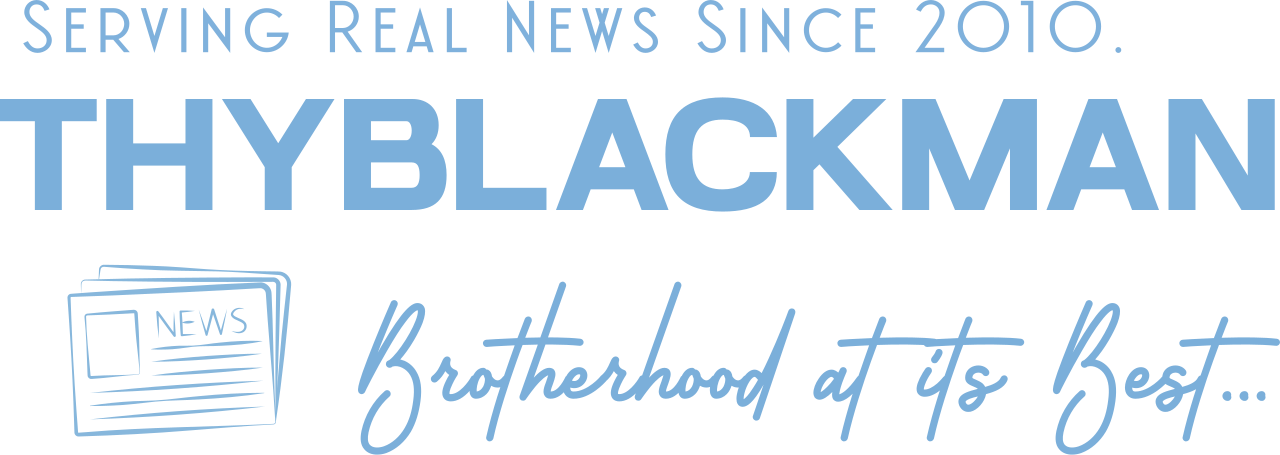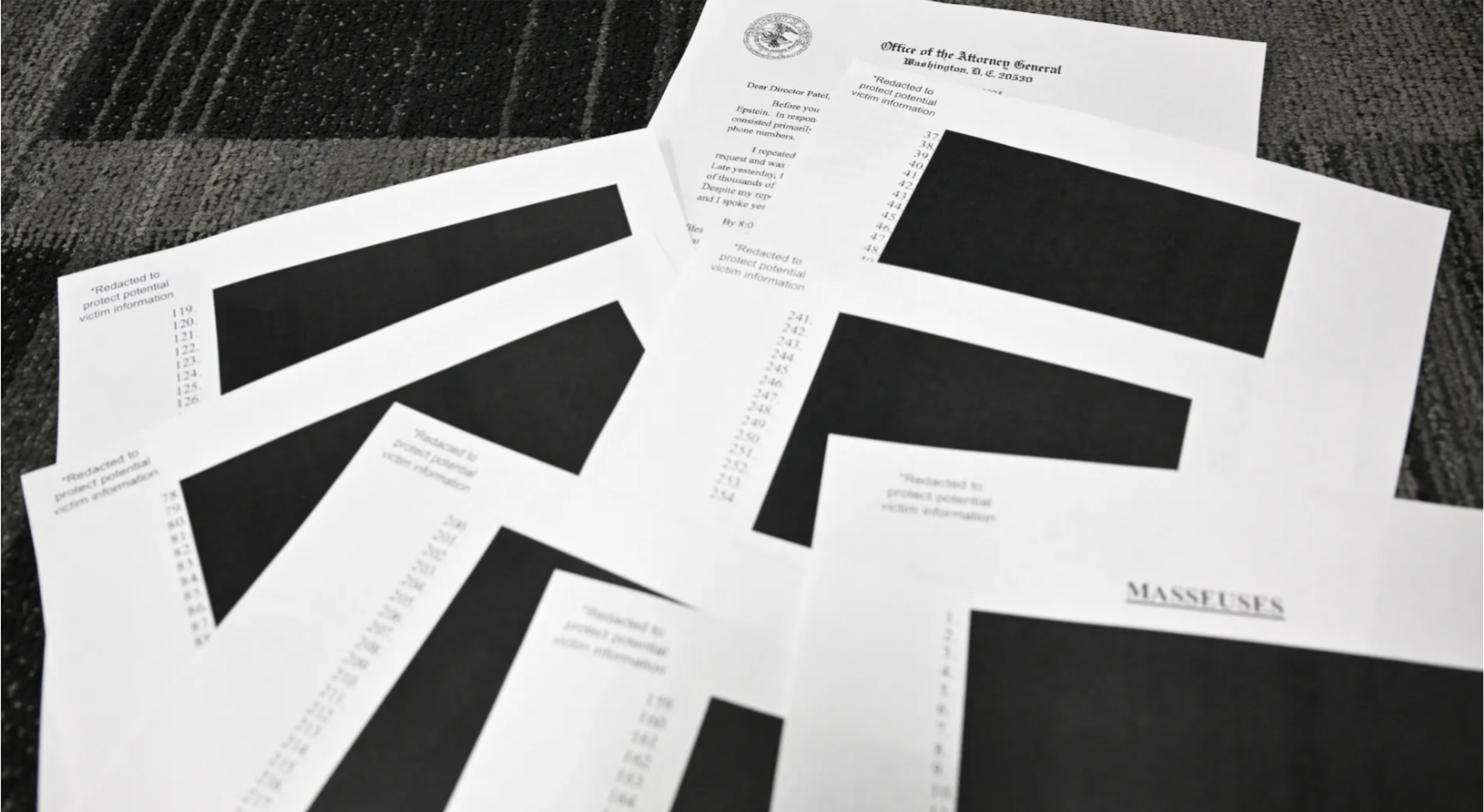(ThyBlackMan.com) Hit and run accidents can render victims helpless and unsure of their next steps. In Ontario, a city in Southern California’s San Bernardino County, located 35 miles east of Los Angeles, specific legal options are available to pursue justice. Understanding your rights and actions after such an incident is crucial. Whether it’s identifying the driver or filing a claim, knowing how the legal system works in Ontario can profoundly impact the outcome of your case.

Understanding What Constitutes a Hit and Run
Under California Vehicle Code 20001 and 20002, a hit and run occurs when a driver leaves the scene of an accident without stopping to provide information or offer aid.
An Ontario hit and run attorney can explain how the law differentiates between misdemeanors, accidents with only property damage, and felonies, the ones that involve injury or death.
Regardless of the severity, fleeing the scene is both a criminal offense and a breaking of civil duties, with serious legal consequences for the at-fault driver.
Immediate Actions to Take After the Incident
If you’re involved in or witness a hit and run, prioritize safety first. Move to a secure location, check for injuries, and call 911. Gather critical details: license plate numbers, car make and model, time and location of the crash, and photos or videos of the scene.
Eyewitness accounts can also be invaluable. Prompt reporting to law enforcement strengthens the chances of identifying the driver and supports your legal claims.
Filing a Police Report
California law requires that accidents involving injury, death, or property damage exceeding $1,000 be reported to the local authorities and the Department of Motor Vehicles (DMV) within 10 days. Filing a report is essential not only for legal compliance but also for insurance purposes.
In hit and run cases, the police report often becomes a primary piece of evidence in both criminal proceedings and civil claims.
Working with Law Enforcement
Ontario police and the California Highway Patrol are responsible for investigating hit and run cases. Officers will typically use available evidence, such as surveillance footage, witness statements, and vehicle debris, to locate the offending driver.
Cooperation with law enforcement, such as providing updates and responding to follow-up inquiries, can aid the investigation.
Exploring Insurance Options
In many hit and run cases, the at-fault driver may never be identified. This makes uninsured motorist (UM) coverage especially important. California drivers are mandated to carry UM coverage, but having it can compensate for medical bills, lost income, and other losses if the driver is never found.
If you do not have UM coverage, other choices like personal injury protection (PIP) or medical payment coverage (MedPay) may offer limited relief.
Filing a Civil Claim
Victims of hit and run accidents have the right to seek payment through a personal injury claim, even if the driver is unknown. Once identified, a civil lawsuit may be filed against the driver, seeking damages for medical expenses, pain and suffering, property loss, and more.
In some cases, punitive damages may also be given if the driver’s actions were particularly egregious.
Statute of Limitations in California
Timing is crucial. California’s statute of limitations for personal injury claims is two years from the accident date. For property damage, the limit is three years. Failing to file within these periods typically results in losing your right to sue, regardless of the case’s merits.
Criminal Consequences for the At-Fault Driver
Drivers who run away from the scene of an accident in California may face criminal prosecution. Felony hit and run charges can result in imprisonment, fines, license suspension, and a permanent criminal record. The state pursues these penalties separately from civil liability.
When to Consult Legal Counsel
Navigating the aftermath of a hit and run is complex, particularly when dealing with injuries, insurance claims, and potential lawsuits. Legal counsel who knows California personal injury law can assist in evaluating your case, filing claims, and advocating in negotiations or court on your behalf.
Conclusion
Being the victim of a hit and run in Ontario, California, is a distressing experience, but there are legal avenues to help you pursue justice and compensation. Acting promptly, documenting the event, and understanding your legal options are essential steps toward recovery.
While the process may be challenging, the law provides victims with tools to protect their rights and hold wrongdoers accountable.
Staff Writer; Steve Barker

















Leave a Reply